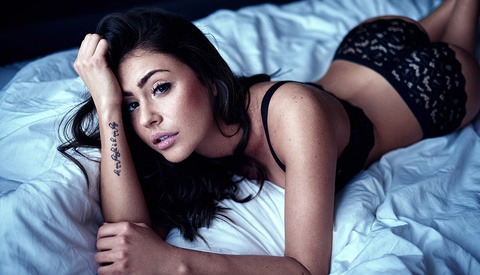Reaching for the Stars with a McLaren - A Different Take on Automotive Compositing
There are many times in the automotive industry that when you're asked to shoot a car, you frequently cannot move the car either from where it is or far from where it's being stored due to its rarity, sometimes condition, and sometimes even questionable street-legality. This can definitely cause some problems when it comes to producing high-end images of the cars for a client. If they want only detail shots then you're good as you won't need to show much of the background to accomplish their goals. However, if they've got high hopes and want the car to be pictured anywhere except where it actually is you have to be a bit creative.

































